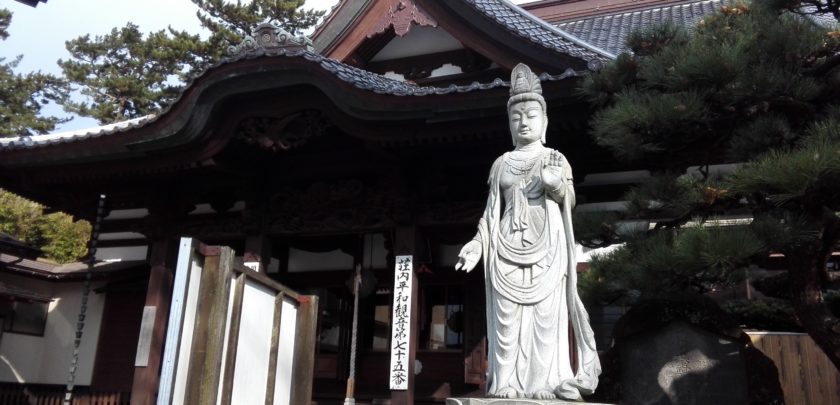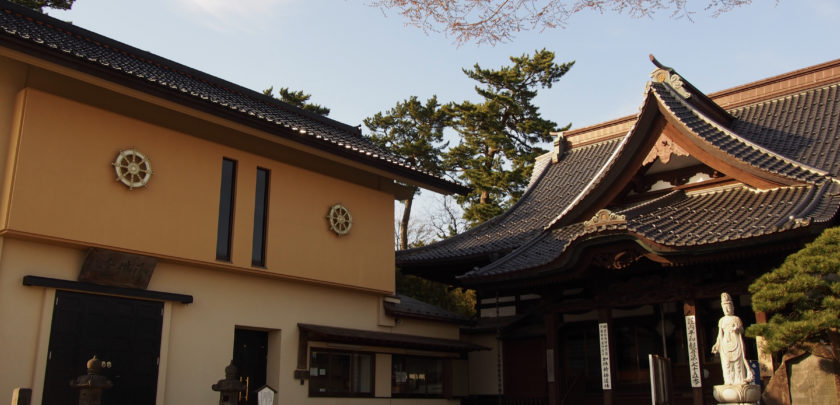Unlike mummies in Egypt, those in Japan are self-mummified Buddhist monks called sokushinbutsu, or living Buddha.
In ancient times, people suffered from calamities such as crop failure, epidemics, and famine. Monks from the Shingon sect practiced austere mountain asceticism to pray for the people’s salvation. For some monks, that form of worship became extreme, culminating in a process that turned them into sokushinbutsu.
This transformational process of extreme mountain asceticism lasted at least 1000 days, with some practicing it for 3000 days or more. They were required to eat nothing but nuts and grasses to gradually eliminate body fat and remove bodily fluids.
When a monk felt he was at his physical limits and was ready for spiritual awakening, the final phase of self-mummification was carried out. He lowered himself into a special underground cell specifically made for that purpose. It was completely sealed except for a bamboo pole that provided air. He spent his remaining days ringing a bell as he recited Buddhist scriptures until he drew his last breath. When the bell stopped sounding, people outside knew he had passed away. Then, the pole was removed, the cell opened, and the monk’s posture was checked. If necessary, the body was straightened and placed in the lotus position. The cell was then resealed and left for 3000 days.
Since becoming a sokushinbutsu was such a difficult transformation, only a few of the many who attempted it succeeded. Visit Kaiko-ji Temple to see 2 of the only 20 living Buddha in existence in Japan.
https://kaikouji-sakata.jimdofree.com/




